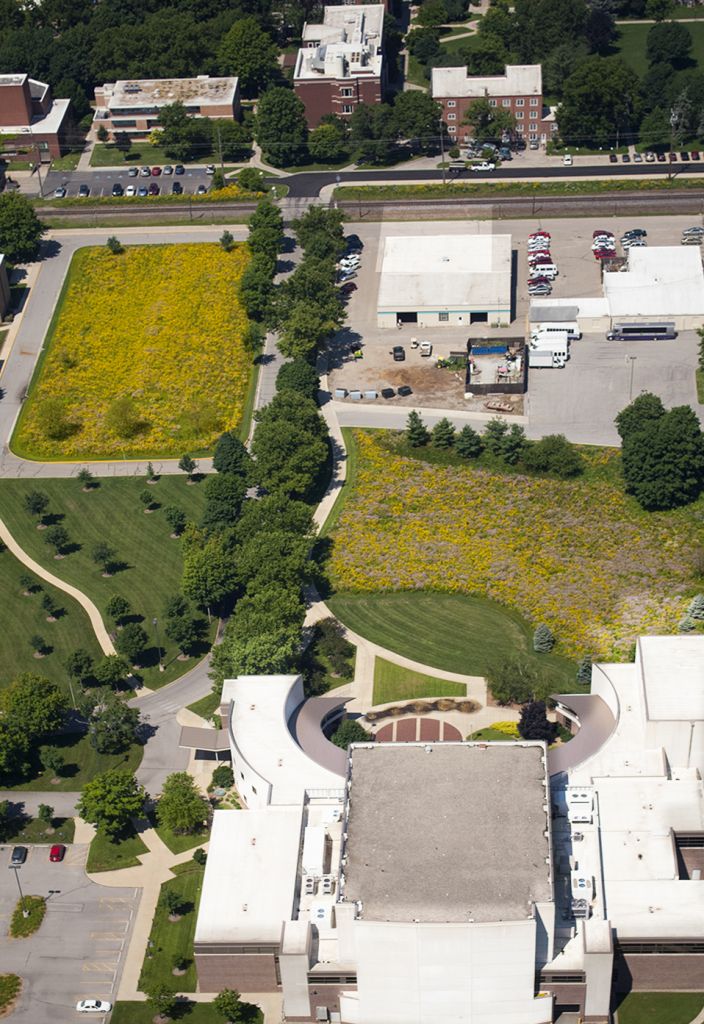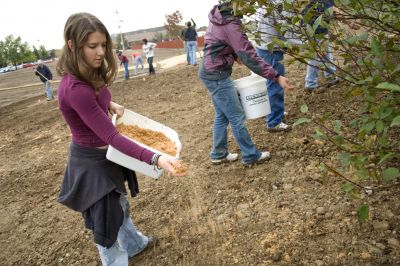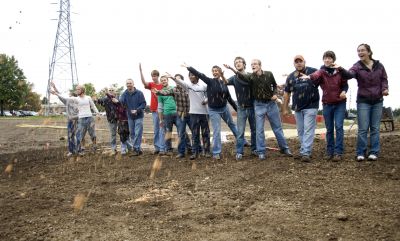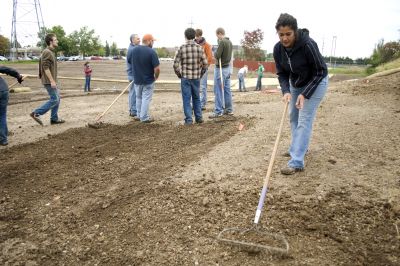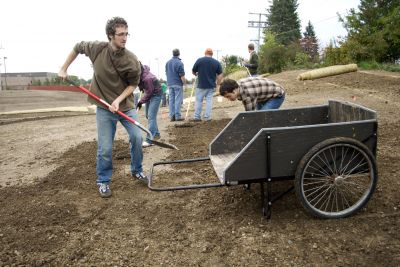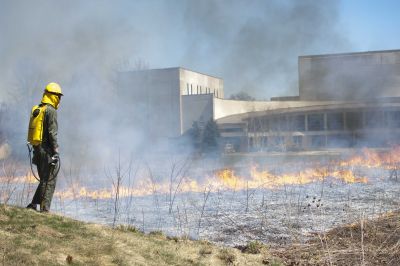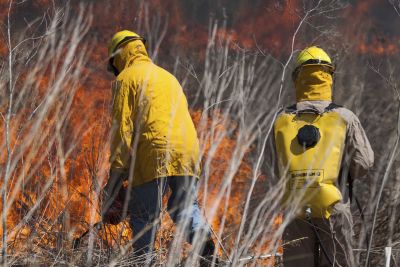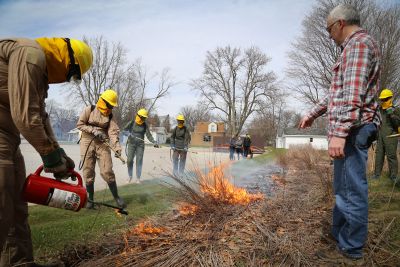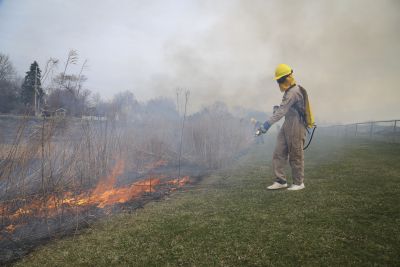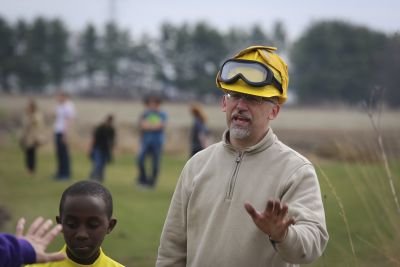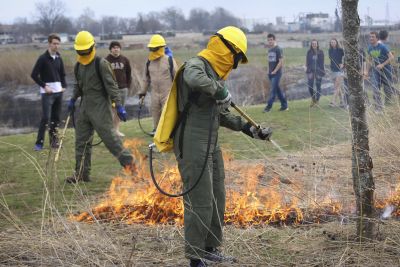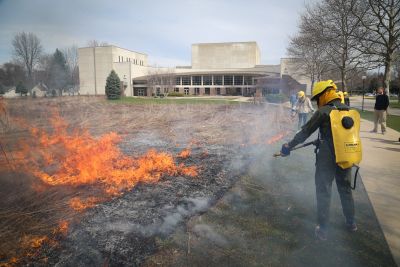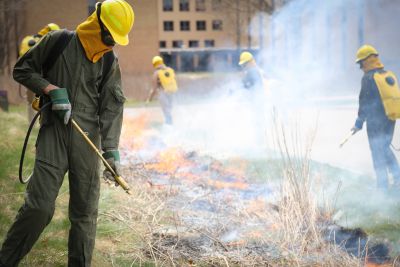Native Prairie Project
So, what's up with those tall, flowering lawns on campus?
In the last decade, approximately 12 acres — or nearly 20% — of the campus lawn has been converted to native prairie land.
Some of the advantages of this project include:
- Reduction in the use of chemical herbicides and fertilizer
- Reduction in mowing, saving both gas, wear and tear of equipment and labor
- Less irrigation
- Less surface water runoff through improved infiltration of the soil
- Improved air quality with more CO2 sequestration and reduced emissions from lawn mowing
- Improved habitat for birds, small mammals, butterflies and other insects (One reason Goshen College was Indiana’s first Bee Campus USA!).
Close examination will show that over 40 varieties of native plants have taken root in the prairies. Some of these plants became established quite quickly, other plants have taken years to become established. Unlike a traditional lawn, native landscaping develops slowly and is constantly changing.
There have been several different types of plantings on campus. Low profile prairie grasses (3-4 feet tall) and perennial flowers have been planted along the railroad tracks, in the yard north of Miller/Kratz, the lawn west of the Music Center and the inner-field area of the Eigsti Track. A large area in the southeast corner of the athletic fields will be taller prairie grasses growing eight feet tall. The lawn along 12th Street and the area north of the Music Center has been planted in a variety of fescue grasses that will create a soft low-profile carpet of no-mow lawn that, when established, will provide an attractive low-maintenance alternative to regular turf grass. In order to provide a more immediate feature, approximately 250 plugs of various wildflowers were planted along the sidewalk between the main campus and the Music Center.
Project beginnings
Starting in 2010, large areas of the college campus lawn have been transformed from traditional lawn to native prairie laboratory spaces. In the spring of 2010, Goshen College starting planning and organizing this project. The change required that the existing turf be killed and new seeds be planted. Now the slow waiting process begins as many different types of native seeds germinate and become established.
All planting and maintenance for the first two years were performed by Cardno JFNew, an area company located in Walkerton, Ind., with a national reputation for providing full service ecological solutions.
Prairie prescription: controlled burns
Part of maintaining and promoting a healthy native landscape is periodic prescribed fires. One of the best times to do this is just before things start to green up for the spring and summer. Ecology students and faculty have performed controlled burns each spring when the weather conditions are just right, usually in March or April.
Simulating naturally occurring fires is beneficial by adding nitrogen back to the soil, controlling weeds and helping the native plants, which have deeper roots and are adapted to drought and fire, to become established.





